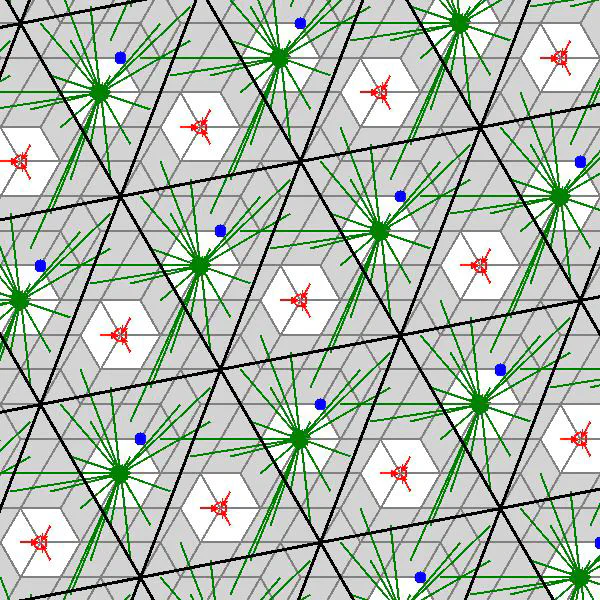An Optimized Framework for Plane-Probing Algorithms
Jan 1, 2020· ,,·
0 min read
,,·
0 min read
Jacques-Olivier Lachaud
Jocelyn Meyron
Tristan Roussillon

Abstract
A plane-probing algorithm computes the normal vector of a digital plane from a starting point and a predicate ``Is a point x in the digital plane?’. This predicate is used to probe the digital plane as locally as possible and decide on-the-fly the next points to consider. However, several existing plane-probing algorithms return the correct normal vector only for some specific starting points and an approximation otherwise, e.g. the H- and R-algorithm proposed in Lachaud et al. (J. Math. Imaging Vis., 59, 1, 23–39, 2017). In this paper, we present a general framework for these plane-probing algorithms that provides a way of retrieving the correct normal vector from any starting point, while keeping their main features. There are $O(\omega \log \omega)$
calls to the predicate in the worst-case scenario, where $\omega$
is the thickness of the underlying digital plane, but far fewer calls are experimentally observed on average. In the context of digital surface analysis, the resulting algorithm is expected to be of great interest for normal estimation and shape reconstruction.
Type
Publication
J. Math. Imaging Vis., 62(5): 718-736, 2020